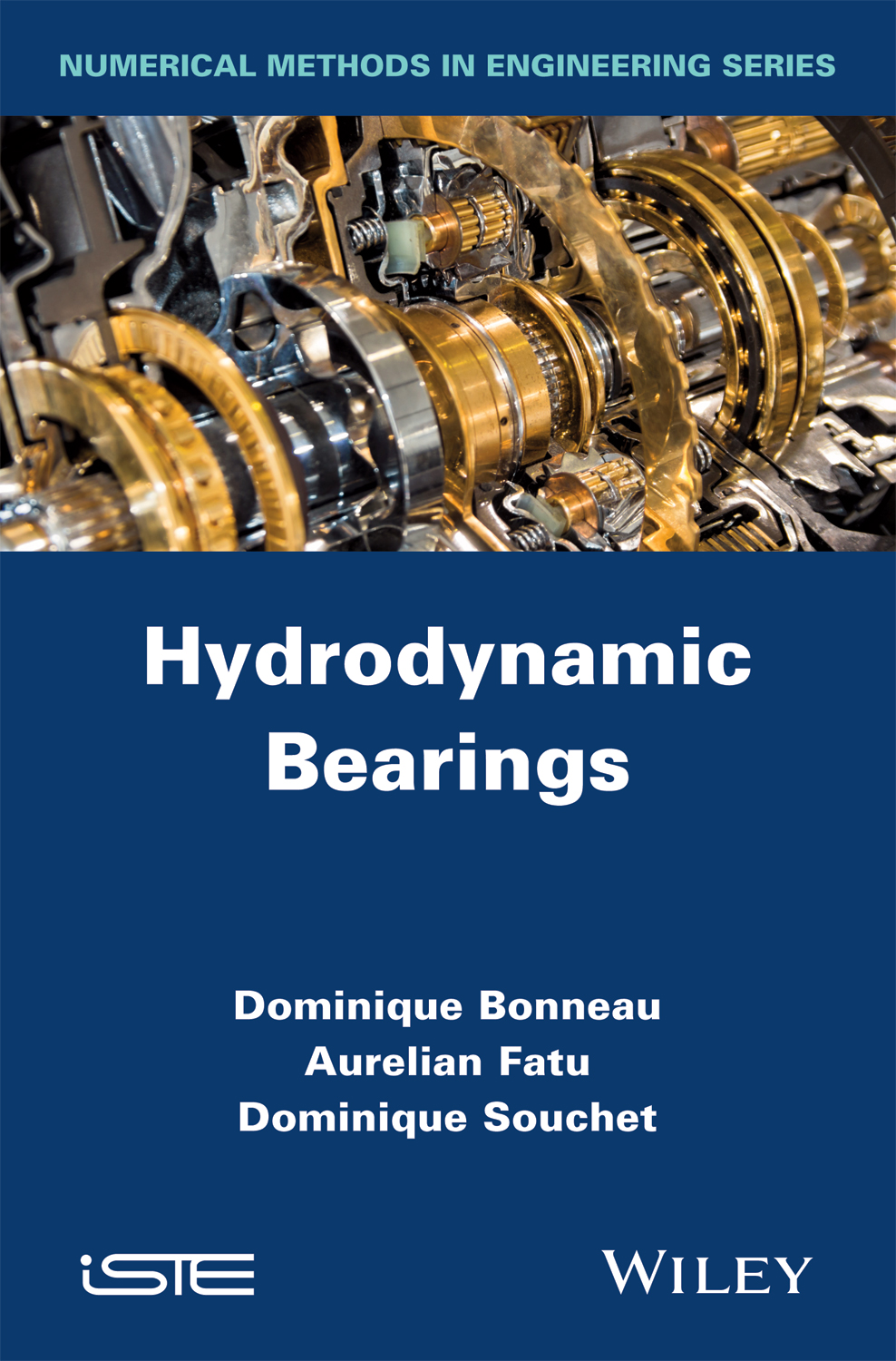
Hydrodynamic bearings allow the various parts of mechanical devices to be driven easily while ensuring a reliability which eliminates any risk of rupture or premature wear. When the operating conditions are severe (high or quickly varying loads, great rotational frequency) it becomes difficult to achieve this double goal without the assistance of powerful prediction digital […]
Hydrodynamic bearings allow the various parts of mechanical devices to be driven easily while ensuring a reliability which eliminates any risk of rupture or premature wear. When the operating conditions are severe (high or quickly varying loads, great rotational frequency) it becomes difficult to achieve this double goal without the assistance of powerful prediction digital models.
This 4-volume series of books brings together the elements necessary for the realization and the validation of these tools.
This first volume presents the rheological laws of the lubricant, the equations of hydrodynamic and elastohydrodynamic lubrication as well as the models of solution of these equations by the finite difference, finite volume and finite element methods. The algorithms are described in detail and each part is abundantly illustrated.
These books are of great interest both for researchers wishing to extend their knowledge of the behavior of connecting rod and crankshaft bearings of internal combustion engines and for engineers aiming to develop equipment that reduces engine energy losses while increasing their reliability. The analysis, modeling and solution methods presented here are sufficiently general to be applied to all reciprocating systems, such as, for example, piston compressors.
